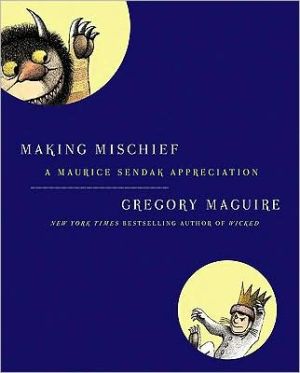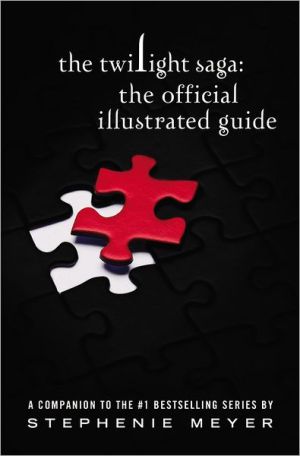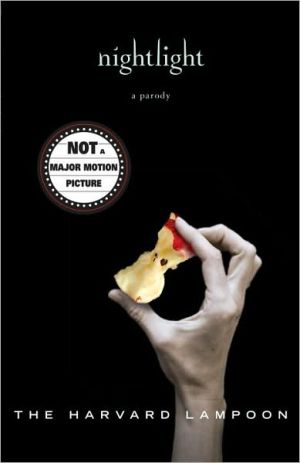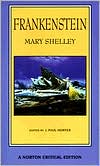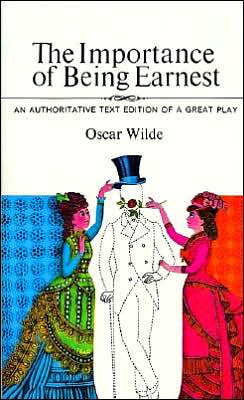Making Mischief: A Maurice Sendak Appreciation
The New York Times bestselling author of Wicked presents an inspired visual tribute to the work of legendary writer and illustrator Maurice Sendak\ \ Published in 1963 to great critical acclaim, Maurice Sendak's Caldecott Award-winning Where the Wild Things Are has sold millions of copies worldwide, garnered countless awards, and been translated into nineteen languages. In Making Mischief, Gregory Maguire reconsiders Sendak's oeuvre with the same adroit and idiosyncratic scrutiny that...
Search in google:
The New York Times bestselling author of Wicked presents an inspired visual tribute to the work of legendary writer and illustrator Maurice Sendak Published in 1963 to great critical acclaim, Maurice Sendak's Caldecott Award-winning Where the Wild Things Are has sold millions of copies worldwide, garnered countless awards, and been translated into nineteen languages. In Making Mischief, Gregory Maguire reconsiders Sendak's oeuvre with the same adroit and idiosyncratic scrutiny that allowed him to see a heroine in the Wicked Witch of the West (Wicked) and add a charming dimension to the story of the Little Match Girl (Matchless). An accomplished critic with signal reviews published in the New York Times Book Review and lectures on art delivered at the Isabella Stewart Gardner Museum in Boston, and at other locations, Maguire examines Sendak's aesthetic influences from William Blake to Walt Disney, revealing the "conversations"—often unconscious and unspoken—that artists have with one another. A master of literary invention himself, Maguire explores recurring motifs in Sendak's life work—from monsters to mayhem—as well as his profound understanding of children, their creativity, and the breadth of emotions with which they encounter the world. Making Mischief is a gift of the imagination to Maurice Sendak, one of the master mythmakers of our time.Publishers WeeklyThis refreshing gallery of illustrations, developed for a 2003 conference on Sendak, comes with an enthusiastic, expert docent. Maguire, a children's book authority and the author of Wicked (the basis for the hit musical), is an unabashed fan and friend, recounting his fortuitous first meeting with the maestro in 1977. Maguire arranges a bounty of favorite or rare illustrations into five playful and accessible essays. While constructing a "palace of muses" who influence Sendak, he offers wonderful side-by-side comparisons of Sendak's work and pieces by William Blake, Randolph Caldecott and Reginald Birch (a 1900 sketch of a boy in a wolf suit prefigures the artist's wild children). Maguire situates Sendak in children's literature history, revisiting figures profiled in Sendak's Caldecott & Co. and reproducing sequential plates from William Nicholson's seldom-seen The Pirate Twins and cartoonist Wilhelm Busch's 19th-century Max und Moritz. In the spirit of Sendak's "graphic anarchy" and theatrical composition of "the page as a stage," Maguire takes creative license too. He groups the materials thematically rather than chronologically, lists ten absolute must-haves to "drag from a burning museum," and-in a strangely thrilling capstone-recasts the familiar text of Where the Wild Things Are with alternative Sendak illustrations. This fitting and witty homage gives ample evidence for Maguire's contention that "the word genius isn't grade inflation." Copyright © Reed Business Information, a division of Reed Elsevier Inc. All rights reserved.
\ From Barnes & NobleThe author of Wicked can appreciate the works of other writers, being an accomplished critic who holds a doctorate in literature. In this dexterously turned book, Maguire pays an attentive tribute to fellow mischief maker Maurice Sendak. It is quickly obvious that his appreciation of the Caldecott Award winner is both deep and long. He cites Sendak's numerous, frequently surprising influences, from William Blake to Walt Disney, and writes penetratingly about the synergy between Sendak's writing and his illustrations.\ \ \ \ \ Booklist"Erudite and imaginative. . . . Maguire’s appreciation is rooted in his subject’s own appreciation of such artists as Randolph Caldecott, William Blake, Phillip Otto Runge, Winsor McCay, and a host of others. [A] beautifully conceived, gracefully written, and lovingly considered tribute."\ \ \ Booklist (starred review)“Erudite and imaginative. . . . Maguire’s appreciation is rooted in his subject’s own appreciation of such artists as Randolph Caldecott, William Blake, Phillip Otto Runge, Winsor McCay, and a host of others. [A] beautifully conceived, gracefully written, and lovingly considered tribute.”\ \ \ \ \ Tony Kushner"At once a serious survey of Maurice Sendak’s antecedents and a playful accounting of his preoccupations and themes, Making Mischief, in its subject and in its form, is a joyful, loving, intelligent celebration of that rare and wonderful thing: originality."\ \ \ \ \ School Library JournalSendak is a national treasure and books like Higglety Pigglety Pop!, Chicken Soup with Rice, Pierre, and, of course, Where the Wild Things Are have enchanted and inspired both adults and children since their individual publications. Maguire is clearly preaching to the Sendak choir. Still, he promises that his intent is merely "to refresh the memory of his motifs and accomplishments, to suggest a few of his inspirations." In truth, Maguire does far more than that and for those scholars interested in the artist's oeuvre from an academic viewpoint, he has hit the nail on the head. For readers who have found simple pleasure in the stories and the magnificent illustrations created throughout Sendak's longstanding career and are looking for a bit more insight, this book falls short. His work is analyzed, influences are cited, the book is filled with references too obscure for the layperson, and there are no explanations of the influences and their connections to Sendak's work. More captions explaining where the picture or illustration came from would also have illuminated the text and made it more accessible. Despite the academic approach, no references are included in the back matter. It all comes down to audience, and Making Mischief appears to be a rather heady approach to the work of Maurice Sendak.—Joan Kindig, James Madison University, Harrisonburg, VA\ \ \ \ \ Publishers WeeklyThis refreshing gallery of illustrations, developed for a 2003 conference on Sendak, comes with an enthusiastic, expert docent. Maguire, a children's book authority and the author of Wicked (the basis for the hit musical), is an unabashed fan and friend, recounting his fortuitous first meeting with the maestro in 1977. Maguire arranges a bounty of favorite or rare illustrations into five playful and accessible essays. While constructing a "palace of muses" who influence Sendak, he offers wonderful side-by-side comparisons of Sendak's work and pieces by William Blake, Randolph Caldecott and Reginald Birch (a 1900 sketch of a boy in a wolf suit prefigures the artist's wild children). Maguire situates Sendak in children's literature history, revisiting figures profiled in Sendak's Caldecott & Co. and reproducing sequential plates from William Nicholson's seldom-seen The Pirate Twins and cartoonist Wilhelm Busch's 19th-century Max und Moritz. In the spirit of Sendak's "graphic anarchy" and theatrical composition of "the page as a stage," Maguire takes creative license too. He groups the materials thematically rather than chronologically, lists ten absolute must-haves to "drag from a burning museum," and-in a strangely thrilling capstone-recasts the familiar text of Where the Wild Things Are with alternative Sendak illustrations. This fitting and witty homage gives ample evidence for Maguire's contention that "the word genius isn't grade inflation." \ Copyright © Reed Business Information, a division of Reed Elsevier Inc. All rights reserved.\ \ \ \ \ Children's LiteratureMaguire takes Sendak's seminal landmark picture book Where the Wild Thing Are as his point of departure for this thought-provoking, perceptive, personal analysis of the artist's works. Maguire looks at Sendak's body of work over sixty years as a single creative entity, representing "the visual conversations Sendak has had with himself and with the artists he has admired" and borrowed from. We can peruse page after page of these sources alongside Sendak's interpretations of them and Maguire's comments about them. After a brief note on the history of children's books up to the 1960s, the author follows the motifs he senses in Sendak's work, specifically flying, books and reading, and "children and other monsters." Maguire points out how Sendak's own childhood is reflected in his books. He also calls attention to the theatrical sensitivity as seen in stage-like scenes with the frequent absence of depth or specific backgrounds. Readers are then treated to reproductions of many Sendak posters filled with recurrent characters. Finally, Maguire sets himself the task of choosing the ten single original illustrations he would save from a burning building and why. The drawings of several characters on the end pages invite us on this fantasy journey. Although Maguire's insightful words probe beneath superficial responses to the more than 150 reproductions, it is these finely reproduced pictures that tell the more remarkable visual tale in this important addition to available analyses of this important artist. However, an index would have been helpful. Reviewer: Ken Marantz and Sylvia Marantz\ \
